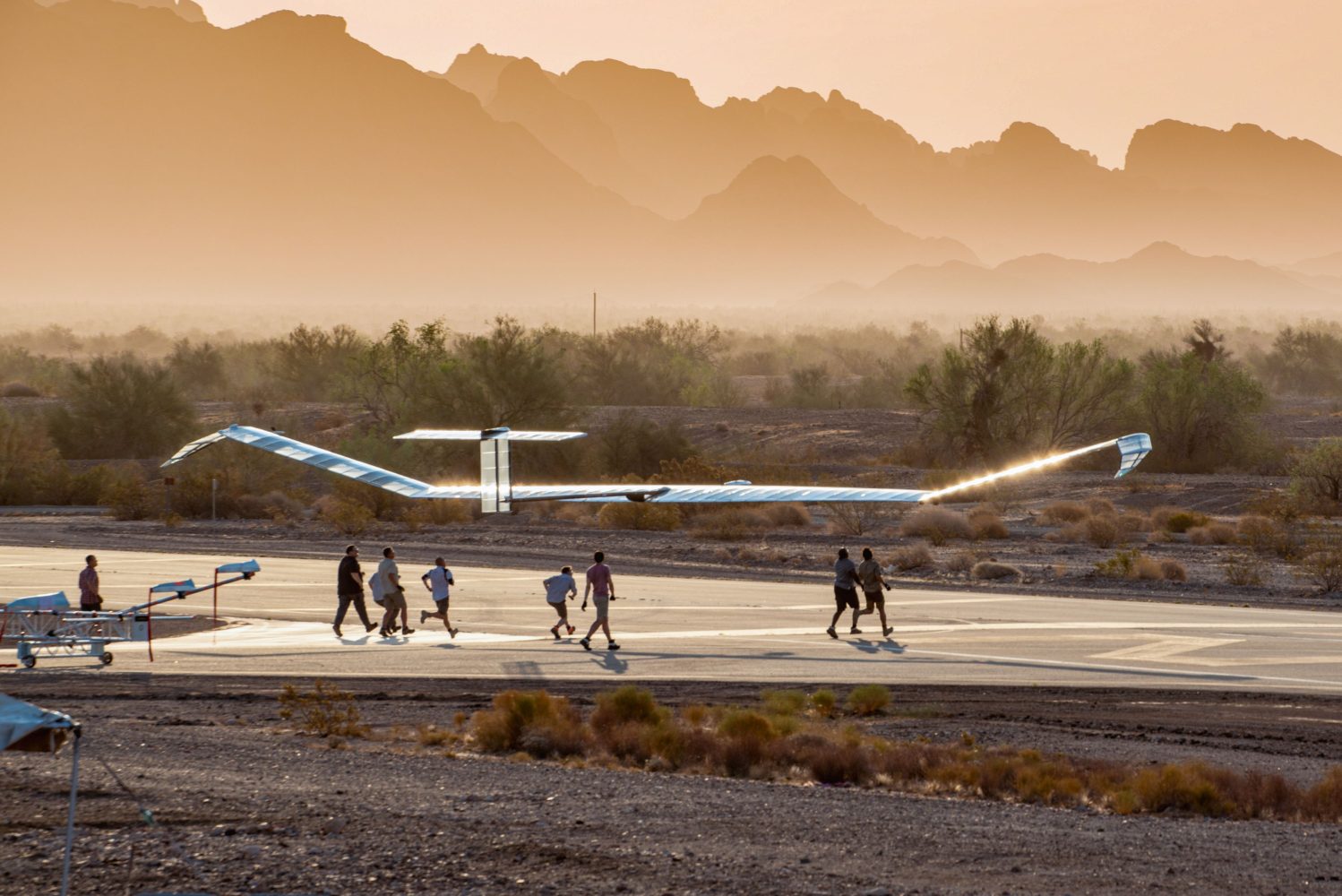
So close, but in the end, no superlative cigar. After 64 straight days of solar-powered flight, the US Army’s Airbus-built Zephyr UAV reportedly plunged from the skies over Arizona, just hours shy of breaking the all-time record for continuous navigation by an aircraft.
When it took off on June 18, the Airbus-produced Zephyr began what its US Army operators had hoped would be a 30-day solar power flight to surpass the previous mark of 26 days. Instead, the UAV plowed through that time target and – in aerial Duracell Bunny fashion – just kept going and going, with nobody involved in the project quite sure when it would return to earth. That ultimately occurred with a crash, reported Simple Flying, after the high-altitude platform system (HAPS) dropped contact with controllers and plunged into the Arizona desert on August 19.
Read more: US Army Zephyr UAV test flight continues shattering endurance records
Though heroic in performing far beyond all expectations US Army planners had set for it, the Airbus Zephyr finally ran out of sun-supplied gas into its 64th day – just hours short of the all-time consecutive flight record set in 1958 when a Cessna 172 Skyhawk (piloted by two people, it should be noted) remained aloft for 64 days and 22 hours.
The sudden end to Zephyr’s mission has not been confirmed by the US Army, though Simple Flying – which ADSB Exchange data to determine the UAV had ceased operating – got a comment from Airbus, confirming its marathon.
“Following 64 days of stratospheric flight and the completion of numerous mission objectives, Zephyr experienced circumstances that ended its current flight,” Simple Flying cited an Airbus Defense representative. “No personal injury occurred. Our teams are currently analyzing more than 1500 hours of stratospheric mission data. The valuable experience from this prototype’s ultra-long endurance flight has proved to be a positive step toward the Army’s high-altitude platform goals.”
Read: Airbus says its solar-powered Zephyr HAPS drone set new records during summer tests
Though Zephyr barely missed beating the all-time record, the Airbus UAV did surpass the 60-day objective US Army officials had set for the next test flight the solar-powered craft was to make. That will now presumably be upgraded for more ambitious targets.
Designed to swoop in the stratosphere at 60,000 to 70,000 feet, the Army had cruised Zephyr at about half those altitudes, where tropospheric elements like wind and rain posed more risks to the craft.
Airbus said the UAV has a wingspan of 25 meters (entirely covered with solar panels), has a total weight of 75 kg, and is equipped with frontline and secondary batteries that alternate when the sun is no longer shining on its position. Because of those reserves, Zephyr requires no additional fuel, and can – as emphatically now demonstrated – stay aloft for months at a time.
FTC: We use income earning auto affiliate links. More.



Comments